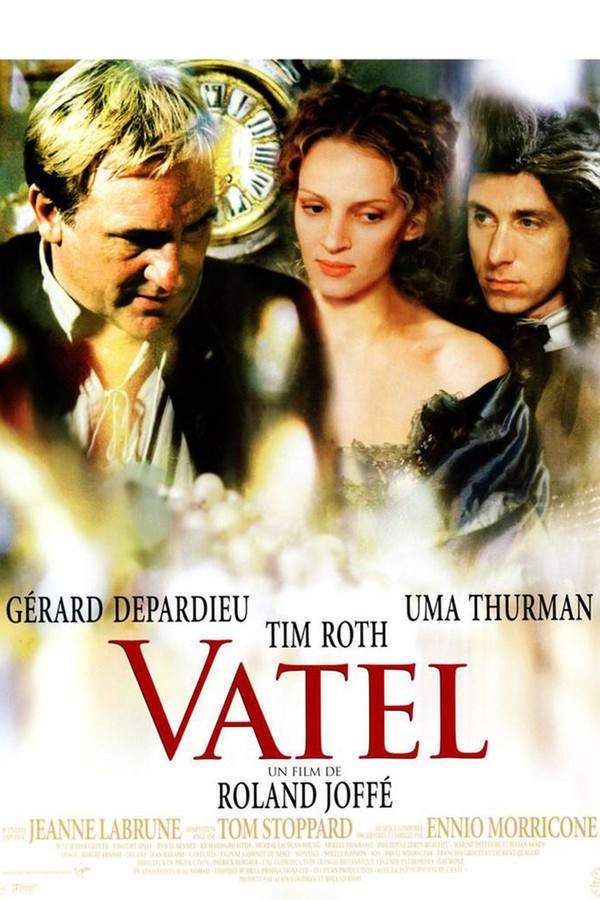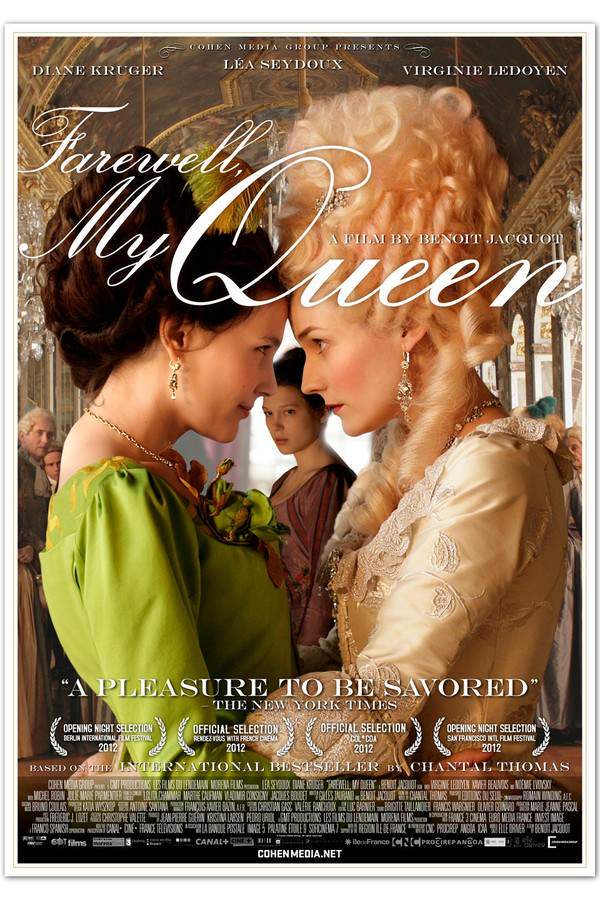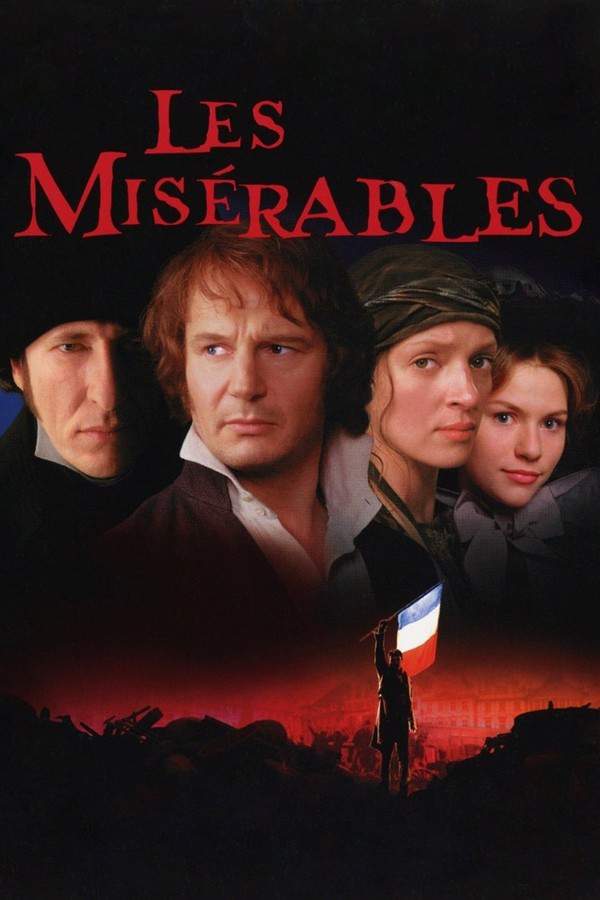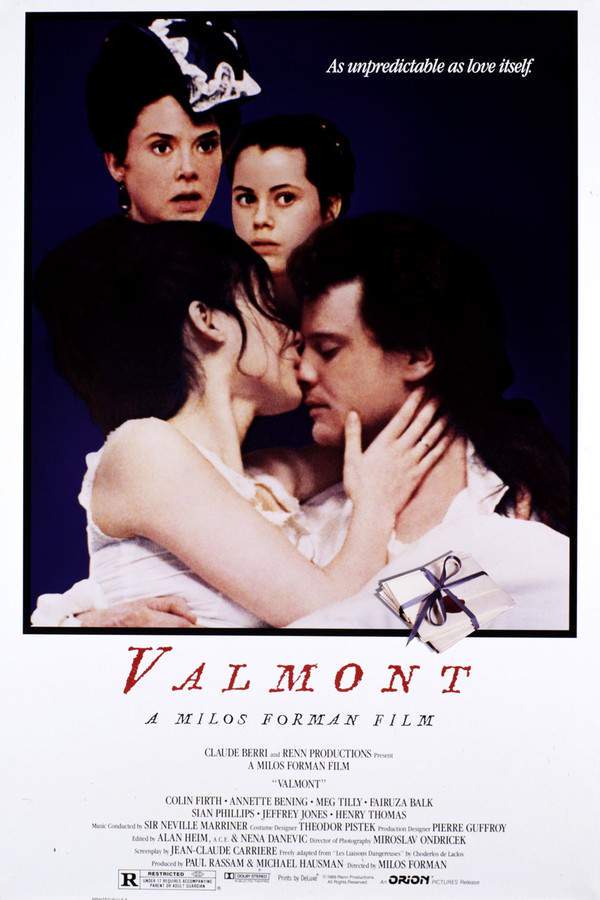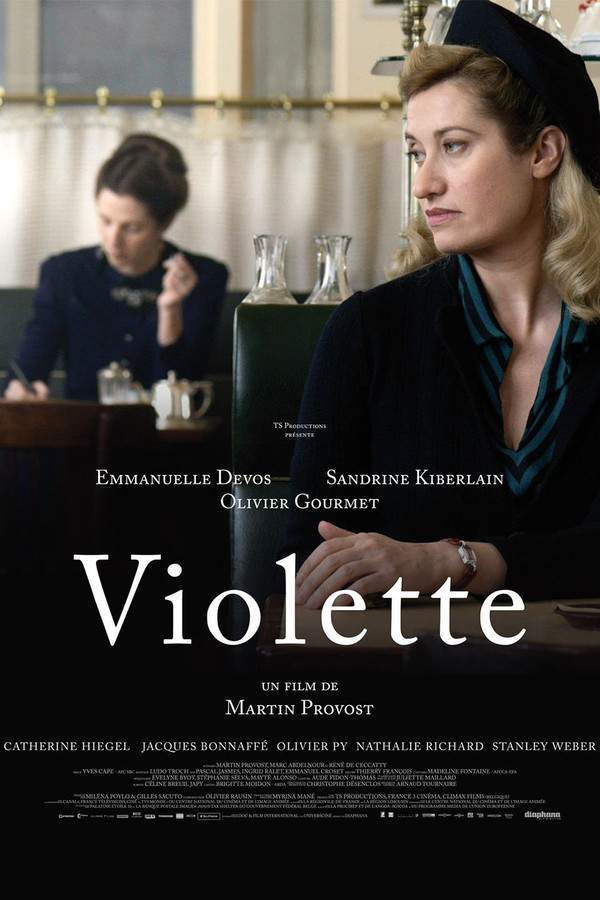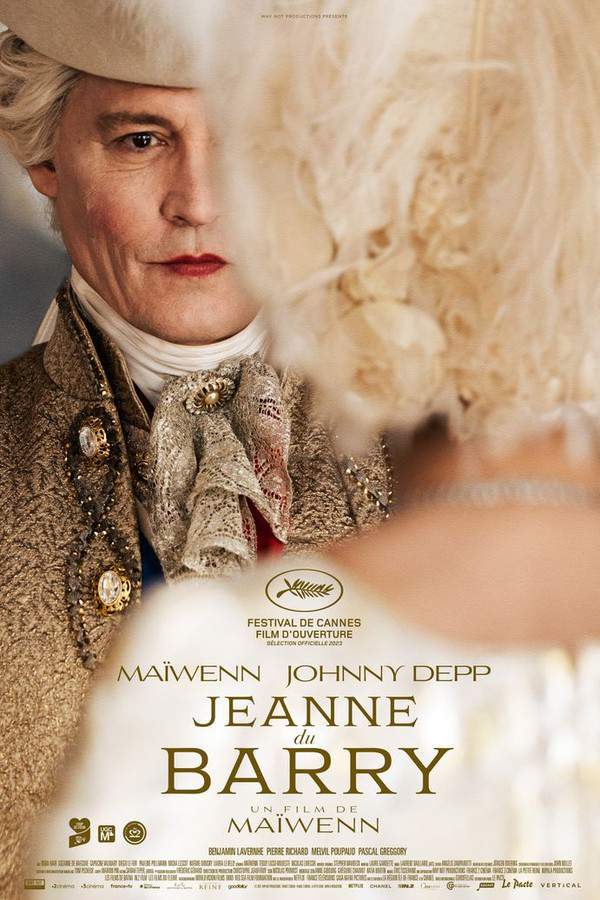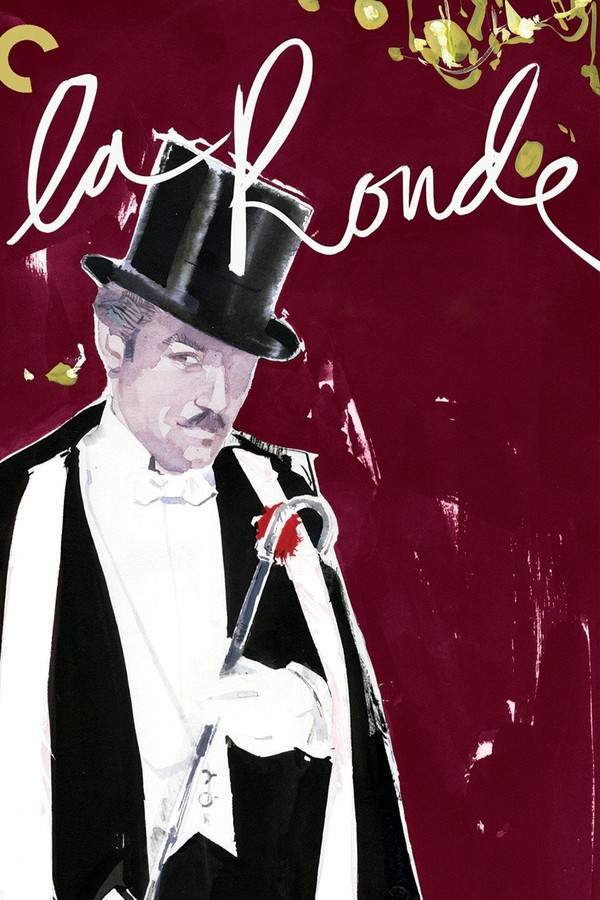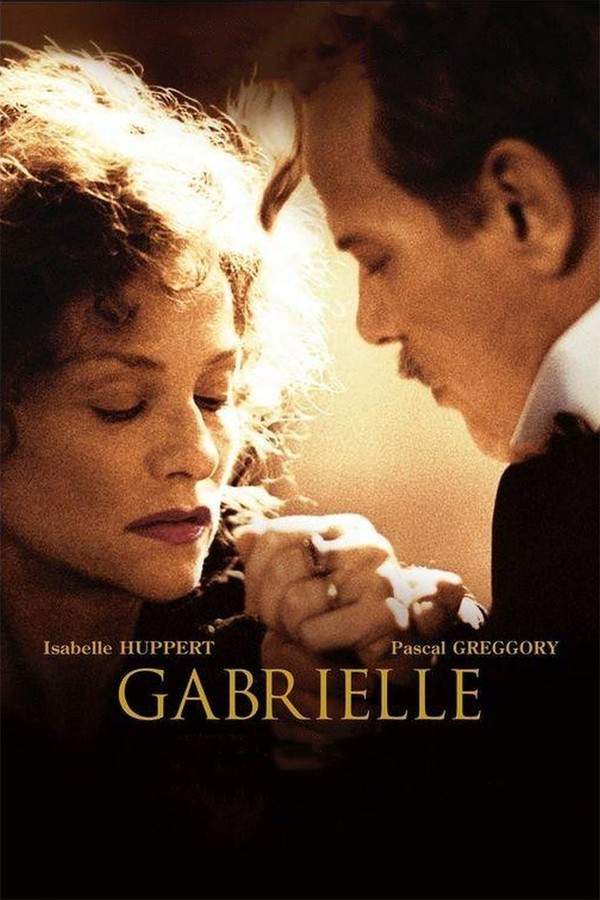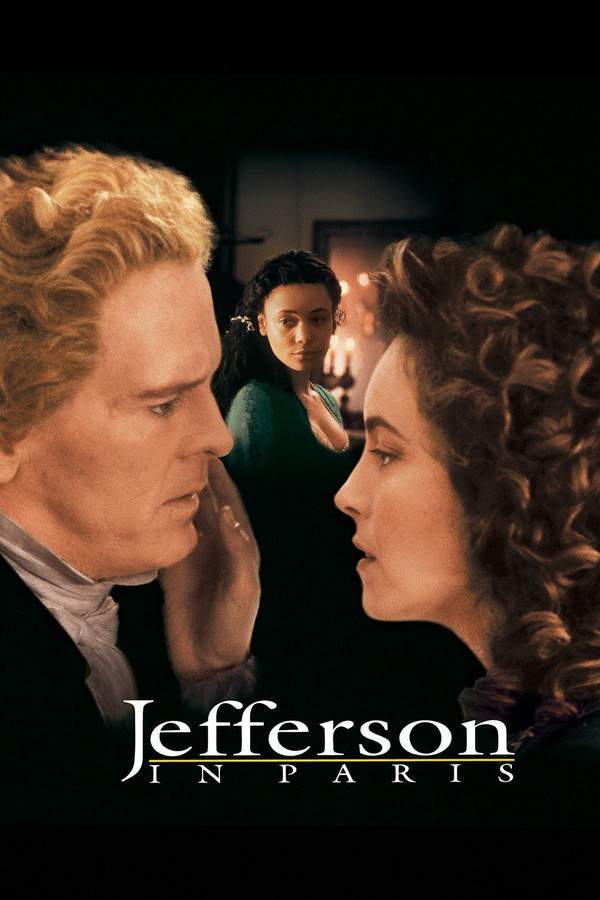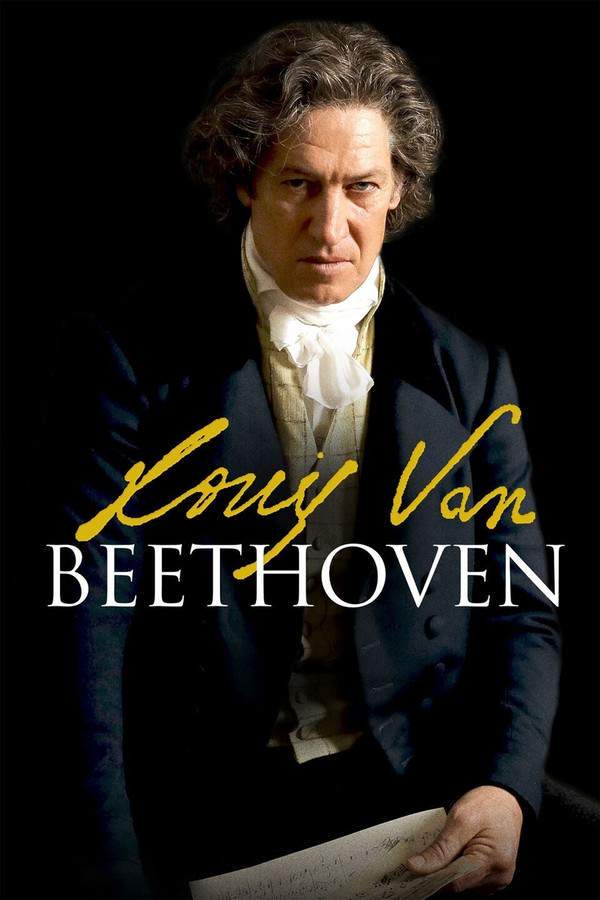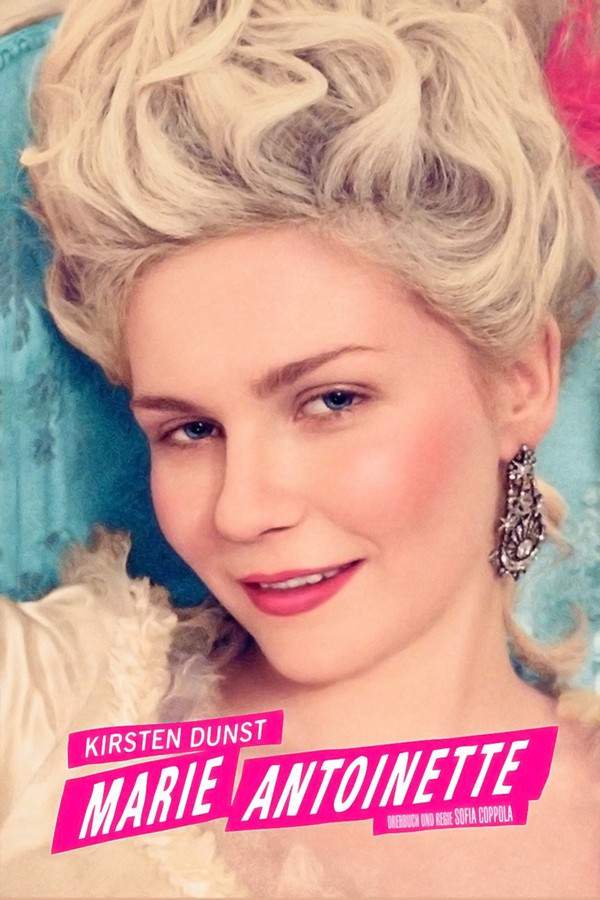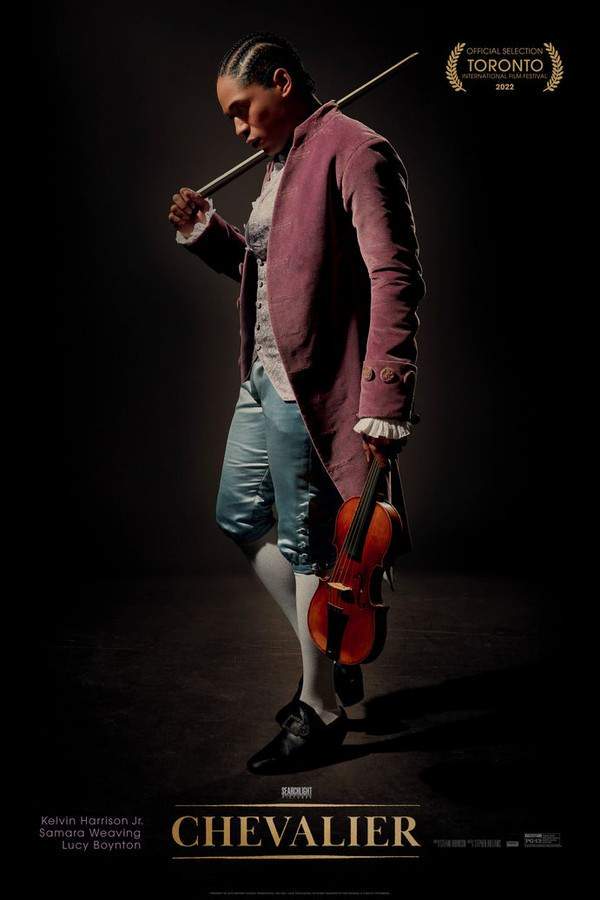
Chevalier
This is the story of Joseph Bologne, Chevalier de Saint-Georges, a man who shattered societal barriers in 18th-century France. Born to an African slave and a French plantation owner, Bologne rose to become a celebrated violinist, composer, and fencing master. His extraordinary talents led him to the court of Marie Antoinette, where he navigated a complex web of romance and rivalries, ultimately facing challenges that threatened his place in a world defined by privilege and prejudice.
Warning: spoilers below!
Haven’t seen Chevalier yet? This summary contains major spoilers. Bookmark the page, watch the movie, and come back for the full breakdown. If you're ready, scroll on and relive the story!
Timeline – Chevalier (2023)
Trace every key event in Chevalier (2023) with our detailed, chronological timeline. Perfect for unpacking nonlinear stories, spotting hidden connections, and understanding how each scene builds toward the film’s climax. Whether you're revisiting or decoding for the first time, this timeline gives you the full picture.
Last Updated: October 09, 2025 at 16:23
Unlock the Full Story of Chevalier
Don't stop at just watching — explore Chevalier in full detail. From the complete plot summary and scene-by-scene timeline to character breakdowns, thematic analysis, and a deep dive into the ending — every page helps you truly understand what Chevalier is all about. Plus, discover what's next after the movie.
Chevalier Summary
Read a complete plot summary of Chevalier, including all key story points, character arcs, and turning points. This in-depth recap is ideal for understanding the narrative structure or reviewing what happened in the movie.

Characters, Settings & Themes in Chevalier
Discover the characters, locations, and core themes that shape Chevalier. Get insights into symbolic elements, setting significance, and deeper narrative meaning — ideal for thematic analysis and movie breakdowns.

Chevalier Ending Explained
What really happened at the end of Chevalier? This detailed ending explained page breaks down final scenes, hidden clues, and alternate interpretations with expert analysis and viewer theories.

Similar Movies to Chevalier
Discover movies like Chevalier that share similar genres, themes, and storytelling elements. Whether you’re drawn to the atmosphere, character arcs, or plot structure, these curated recommendations will help you explore more films you’ll love.
Explore More About Movie Chevalier
Chevalier (2023) Plot Summary & Movie Recap
Chevalier (2023) Scene-by-Scene Movie Timeline
Chevalier (2023) Ending Explained & Theories
Chevalier (2023) Spoiler-Free Summary & Key Flow
Movies Like Chevalier – Similar Titles You’ll Enjoy
Vatel (2000) Plot Summary & Ending Explained
Chevalier (2016) Ending Explained & Film Insights
Farewell, My Queen (2012) Movie Recap & Themes
Les Miserables (2012) Plot Summary & Ending Explained
Valmont (1989) Plot Summary & Ending Explained
Che (2008) Movie Recap & Themes
Violette (2014) Story Summary & Characters
Jeanne du Barry (2024) Detailed Story Recap
La Ronde (1951) Full Movie Breakdown
Gabrielle (2006) Full Movie Breakdown
Jefferson in Paris (1995) Full Movie Breakdown
Chéri (2009) Story Summary & Characters
Louis van Beethoven (2020) Full Movie Breakdown
Marie Antoinette (2006) Movie Recap & Themes
Mademoiselle Chambon (2010) Full Summary & Key Details



